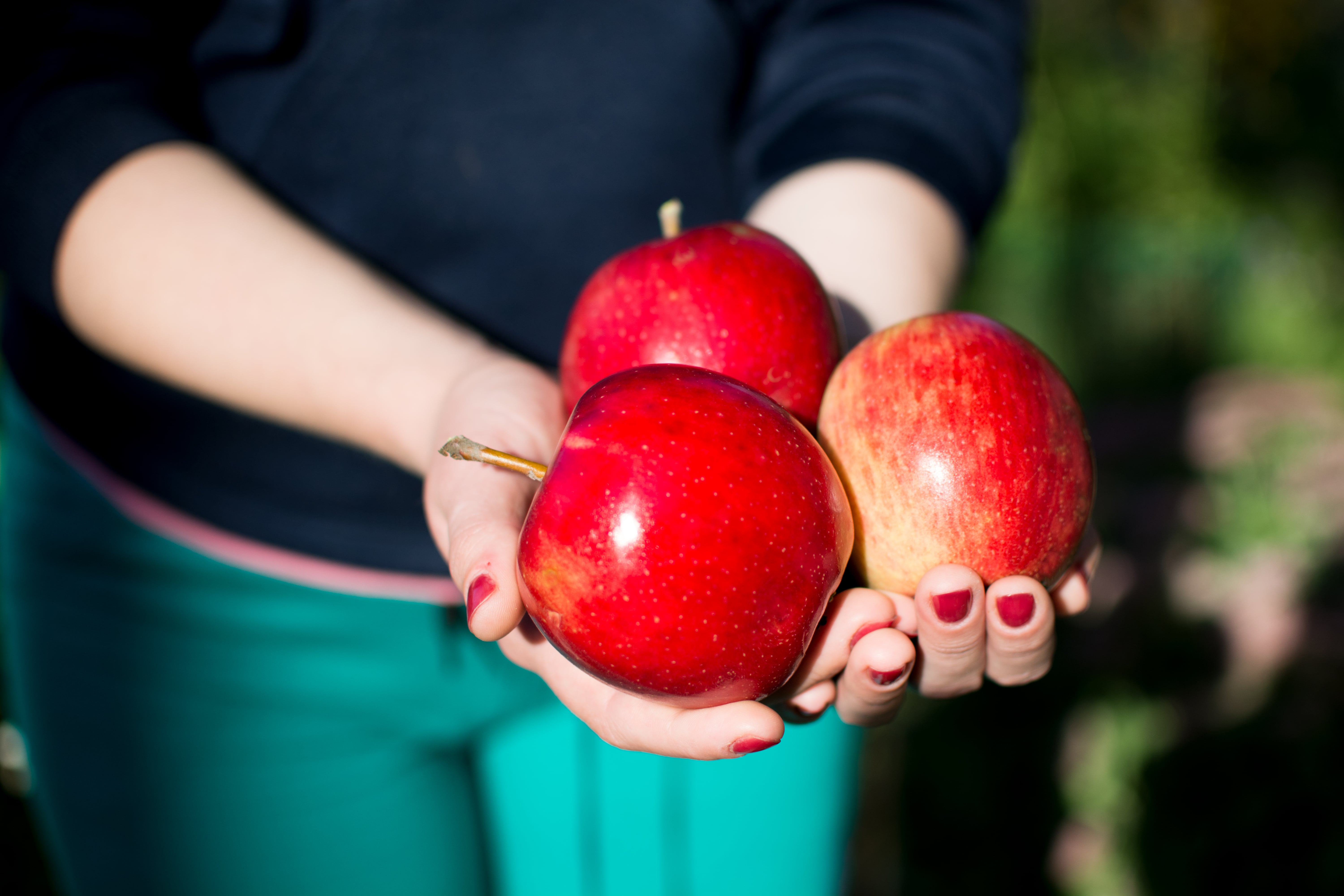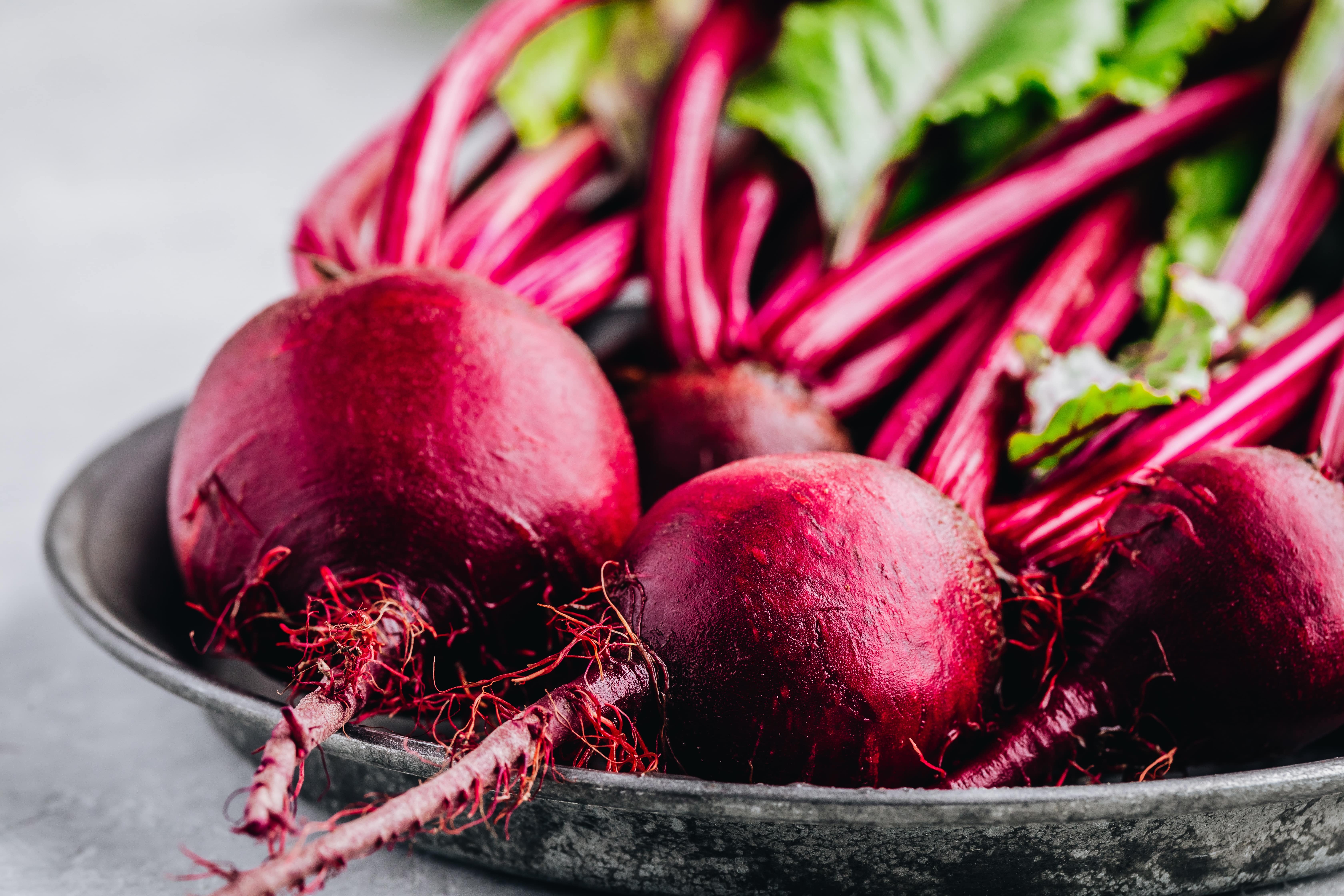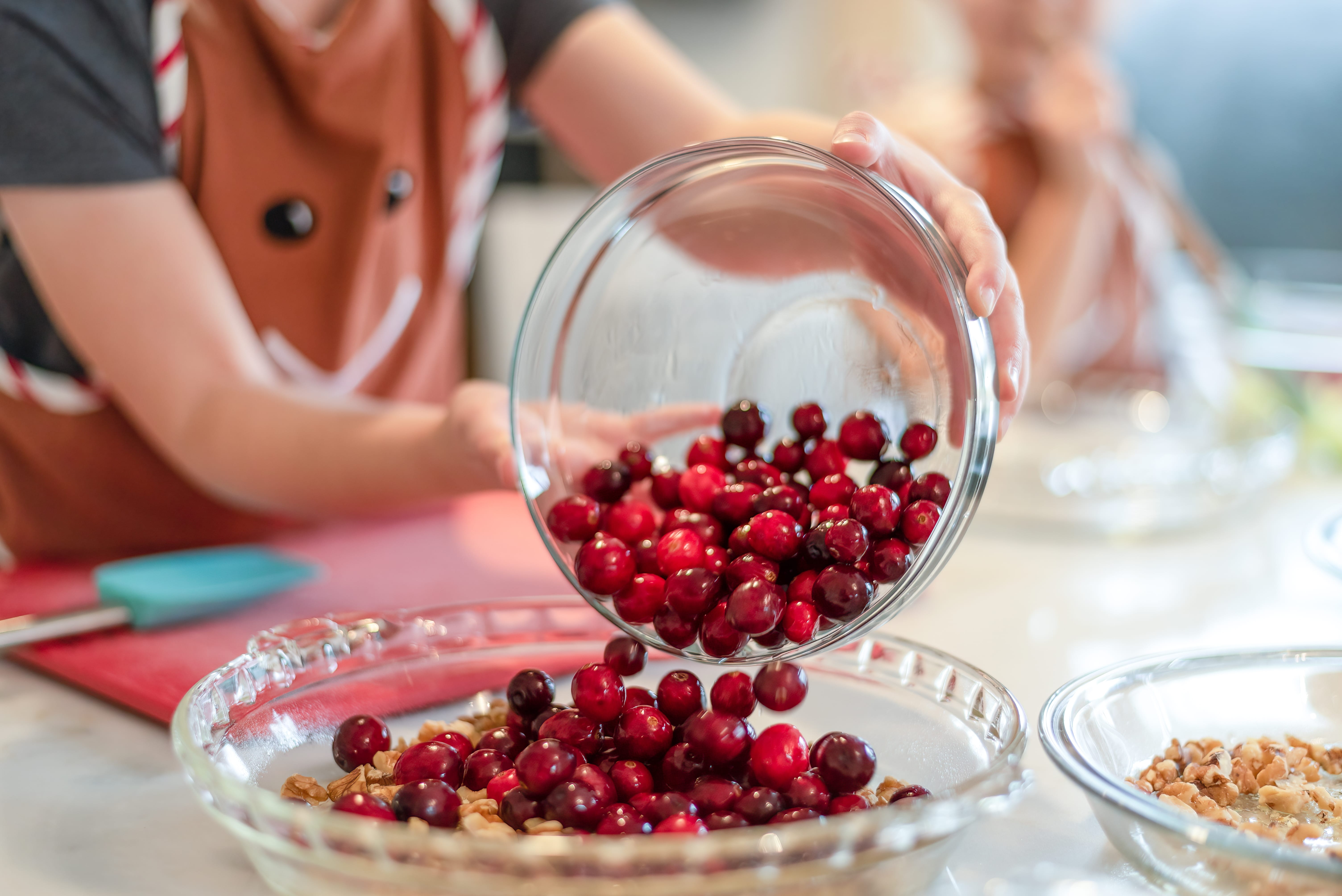Key Takeaways
- Fall produce, including squash, apples, and beets, is packed with fiber, antioxidants, and nutrients that support metabolic health.
- Pair seasonal produce with protein and healthy fats for balanced, glucose-friendly meals.
- Tracking your glucose response to fall foods with Signos can help you eat seasonally while supporting energy and stable blood sugar levels.
that {{mid-cta}}
While pumpkin spice lattes and crisp cool mornings are highlights of fall, you can’t beat the abundance of colorful produce that comes with the season. Grocery stores and farmers' markets are loaded with foods like squash, beets, and apples, ready for all of your seasonal comfort food favorites. Beyond the vibrant colors and cozy flavors, these fall fruits and vegetables are loaded with fiber, antioxidants, and powerful plant compounds that help stabilize glucose and support recovery.
By embracing seasonal eating this fall, you can enjoy delicious meals and snacks while supporting your metabolic health. In this article, you’ll learn how the most popular fall produce can support your health, along with glucose-friendly ways to prepare and enjoy them.
Squash: The Slow-Burn Carbohydrate

While summer squash is light and hydrating, winter squash like butternut, acorn, and delicata have a naturally sweet flavor and creamy, satisfying texture that's perfect for chilly weather. One cup of cooked butternut squash packs 6.6 grams of fiber, which can help slow digestion and keep glucose from spiking too quickly.1
And the deep orange hue isn’t just for looks. This fall vegetable is rich in beta-carotene, an antioxidant that is linked to protection against diabetes and other metabolic diseases.2 To enhance satiety and support stable glucose, roast squash with olive oil and pair it with a protein source like chicken, lentils, or tofu. The combination of fiber, healthy fat, and protein turns squash from a simple side dish into a metabolically balanced meal.
Recipe Spotlight: Roasted Squash Bowl
Cube butternut squash, toss with olive oil and cinnamon, and roast at 400°F for 25 to 30 minutes. Serve over mixed greens with quinoa, pumpkin seeds, and grilled chicken or tofu and a drizzle of tahini or balsamic vinaigrette.
Apples: Nature’s Portable Prebiotic

Apples are the perfect fall fruit: they travel well, satisfy a sweet craving, and support your metabolic health. With around 4 grams of fiber per medium apple (including pectin), they help slow digestion and promote steady glucose levels.3 Pectin acts as a prebiotic, feeding beneficial gut bacteria that support digestion and overall metabolic health.4
For a balanced snack that supports glucose stability, pair apples with a source of protein or healthy fat like almond butter, peanut butter, or a few slices of cheese. The fat and protein help slow glucose absorption even more, keeping energy levels steady between meals. Just be sure to keep the skin on whenever possible, as apple peels are an excellent source of antioxidants and polyphenols that support insulin sensitivity and reduce oxidative stress in the body.5
Recipe Spotlight: Baked Apples
Core an apple and fill it with a mix of chopped nuts, oats, cinnamon, and a drizzle of honey. Bake at 375°F for 20 to 25 minutes, or until tender. Serve the apples warm with Greek yogurt or a dollop of nut butter for a glucose-friendly dessert or snack.
Beets: Performance Booster

Beets’ bright red color comes from compounds called betalains, which have antioxidant and anti-inflammatory benefits.6 But what really sets beets apart is their high nitrate content, which your body converts into nitric oxide to improve blood flow and oxygen efficiency during exercise.
Research shows that regularly consuming beet juice or roasted beets may help boost endurance, lower perceived exertion, and support post-workout recovery by improving how efficiently your muscles use oxygen.7,8
Recipe Spotlight: Beet Smoothie
Blend ½ cup cooked and cooled beets with ½ of a frozen banana, ½ cup frozen berries, a handful of spinach, ¾ cup dairy or unsweetened non-dairy milk, and a scoop of protein powder or Greek yogurt for a vibrant, nutrient-packed smoothie that supports both energy and recovery.
Other Fall All-Stars

While squash, apples, and beets stand out as fall-produce top picks, they’re far from the only ones you’ll want to reach for. Here’s some of our other favorites:
- Pumpkin: Low in calories and rich in fiber and beta-carotene, pumpkin promotes steady energy and supports immune health. While the occasional pumpkin spice latte is a fun treat, enjoy pumpkin in soups, oatmeal, or baked goods made with 100% pure pumpkin puree for glucose-friendly goodness.
- Cranberries: Known for their tart flavor and deep red hue, cranberries are rich in antioxidants and polyphenols that help combat inflammation.9 Instead of sweetened dried cranberries, opt for fresh or frozen and sweeten minimally, or pair them with naturally sweet foods like roasted sweet potatoes.
- Brussels sprouts and other cruciferous veggies: Members of this family, including broccoli and cauliflower, contain sulforaphane, a compound that supports insulin sensitivity and reduces oxidative stress.10 Roast or sauté them with olive oil for a satisfying, fiber-rich side.
- Pears: Similar to apples, pears are a great source of soluble fiber, particularly pectin, which helps slow glucose absorption and support gut health. Enjoy them with nut butter or a handful of nuts for a balanced, glucose-friendly snack.
The Signos Approach: Eating with Insight

While seasonal eating can be budget-friendly, fun, and flavorful, it’s also an opportunity to learn how different foods affect your unique metabolism. All of these nutrient-rich fall fruits and vegetables can influence your glucose differently depending on how they’re prepared or what they’re paired with.
With a continuous glucose monitor (CGM), also known as a biosensor, and the Signos app, you can track how your favorite seasonal fruits and vegetables (like roasted squash, baked apples, or beet smoothies) impact your glucose. You’ll be able to experiment and observe how different cooking methods and meal compositions change your glucose curve.
This kind of awareness turns seasonal foods into a fun and tasty personal experiment. Instead of guessing which foods keep your energy stable, you’ll have data to guide you toward combinations that actually work for your body. Over time, this insight helps you make confident, nourishing choices that support both your metabolic health and overall well-being.
The Bottom Line
Fall produce is packed with fiber, antioxidants, and powerful plant compounds that support steady glucose, stable energy, and overall metabolic health. Pair these seasonal fruits and vegetables with protein and healthy fats to turn cozy, comforting meals into balanced fuel. By embracing fall’s harvest, you can enjoy delicious, nutrient-rich foods that help you feel your best all season long.
Learn More With Signos’ Expert Advice
Fall is the perfect time to nourish your body with foods that help you feel your best. Signos can help you better understand how your daily habits, like the foods you eat, how you move, and how you manage stress, impact your metabolic health. Explore the Signos blog for more insights on glucose, metabolism, and science-backed strategies to support your health.
Topics discussed in this article:
References
- USDA. Food Data Central. Squash, winter, butternut, cooked, baked, without salt.
- Marcelino G, Machate DJ, De Cássia Freitas K, et al. Β-Carotene: Preventive role for Type 2 diabetes mellitus and obesity: a review. Molecules. 2020;25(24):5803. doi:10.3390/molecules25245803
- USDA. Food Data Central. Apples, raw, gala, with skin.
- Soomro, M.A., Khan, S., Majid, A. et al. Pectin as a biofunctional food: comprehensive overview of its therapeutic effects and antidiabetic-associated mechanisms. Discov Appl Sci 6, 298 (2024). https://doi.org/10.1007/s42452-024-05968-1
- Popiolek-Kalisz J, Glibowski P. Apple peel supplementation potential in metabolic syndrome prevention. Life. 2023;13(3):753. doi:10.3390/life13030753
- Sadowska-Bartosz I, Bartosz G. Biological properties and applications of betalains. Molecules. 2021;26(9):2520. doi:10.3390/molecules26092520
- Murphy M, Eliot K, Heuertz RM, Weiss E. Whole beetroot consumption acutely improves running performance. Journal of the Academy of Nutrition and Dietetics. 2012;112(4):548-552. doi:10.1016/j.jand.2011.12.002
- Chen L, Zhu Y, Hu Z, Wu S, Jin C. Beetroot as a functional food with huge health benefits: Antioxidant, antitumor, physical function, and chronic metabolomics activity. Food Science & Nutrition. 2021;9(11):6406-6420. doi:10.1002/fsn3.2577
- Caldas APS, Coelho OGL, Bressan J. Cranberry antioxidant power on oxidative stress, inflammation and mitochondrial damage. International Journal of Food Properties. 2018;21(1):582-592. doi:10.1080/10942912.2017.1409758
- Zhang Y, Wu Q, Liu J, et al. Sulforaphane alleviates high fat diet-induced insulin resistance via AMPK/Nrf2/GPx4 axis. Biomedicine & Pharmacotherapy. 2022;152:113273. doi:10.1016/j.biopha.2022.113273




.svg)










.svg)
.svg)
.svg)
.svg)
.svg)
.svg)
.svg)
